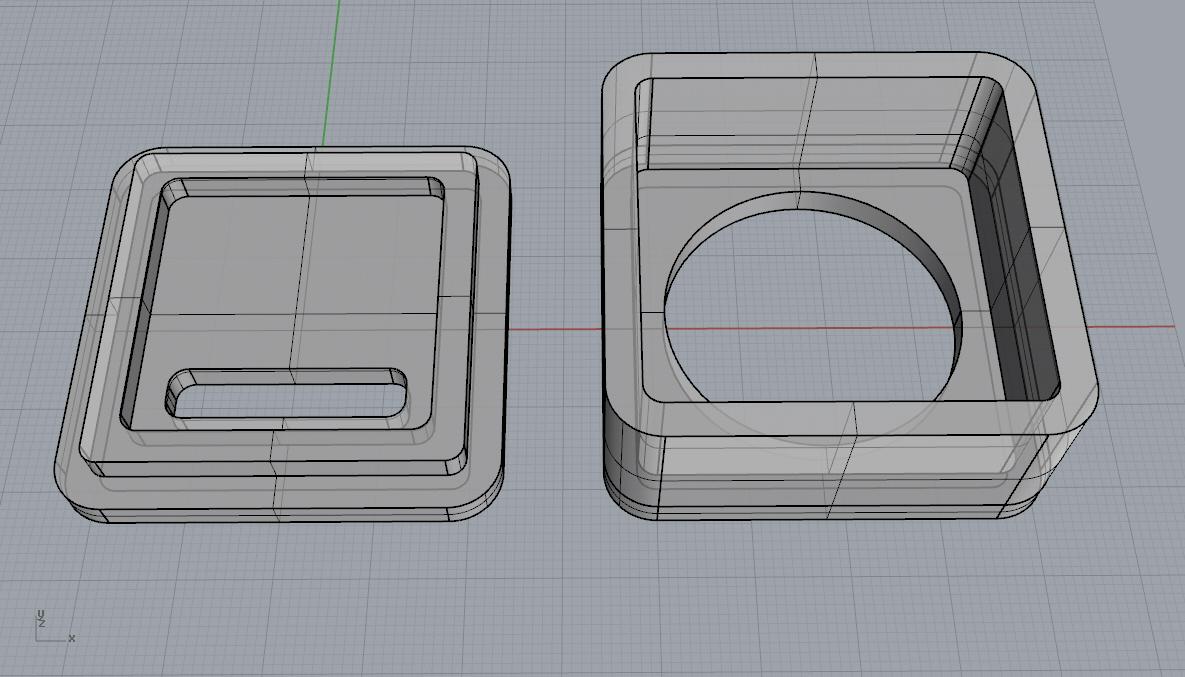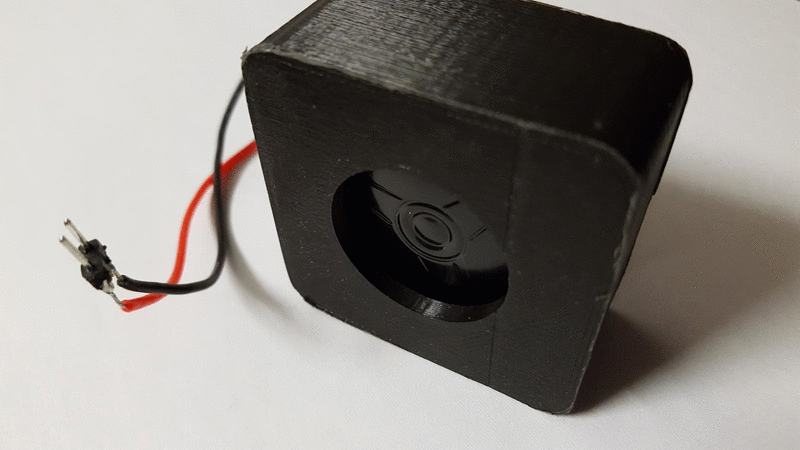Business Cards
Our final Visual Language assignment is to design business or personal cards. It happens I already had personal cards but I wanted to update my design to incorporate what I have learned in this class.
The main goal of my cards is to provide some interaction and enjoyment to the people I give them to. Usually cards are boring and are tossed into a drawer somewhere shortly after they are received. Often they are given out to communicate status or corporate identity. I want my cards to be different. I want to communicate my ability to be creative and engage people in a unique way. And I do that by designing connect the dots puzzles for the backside of my cards.




